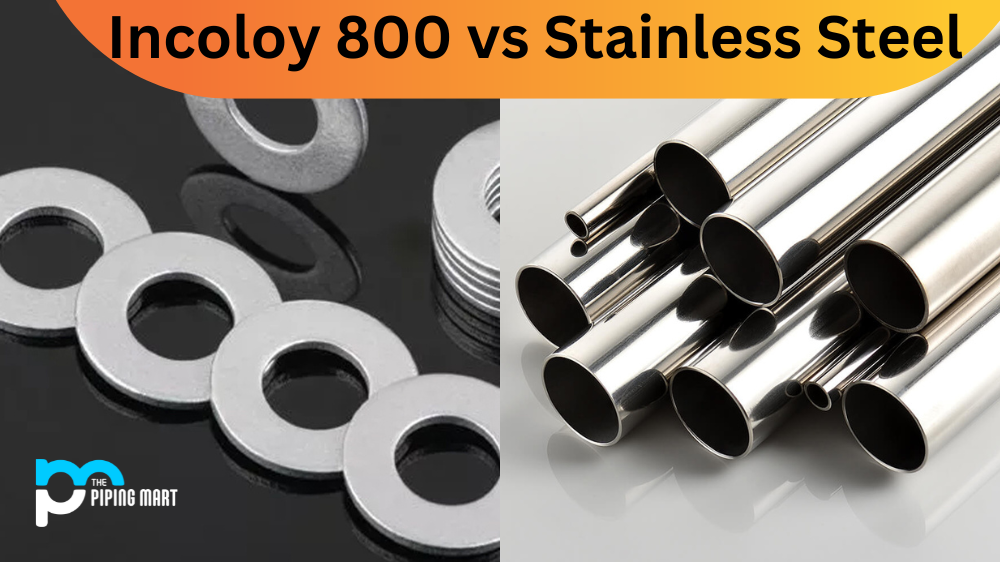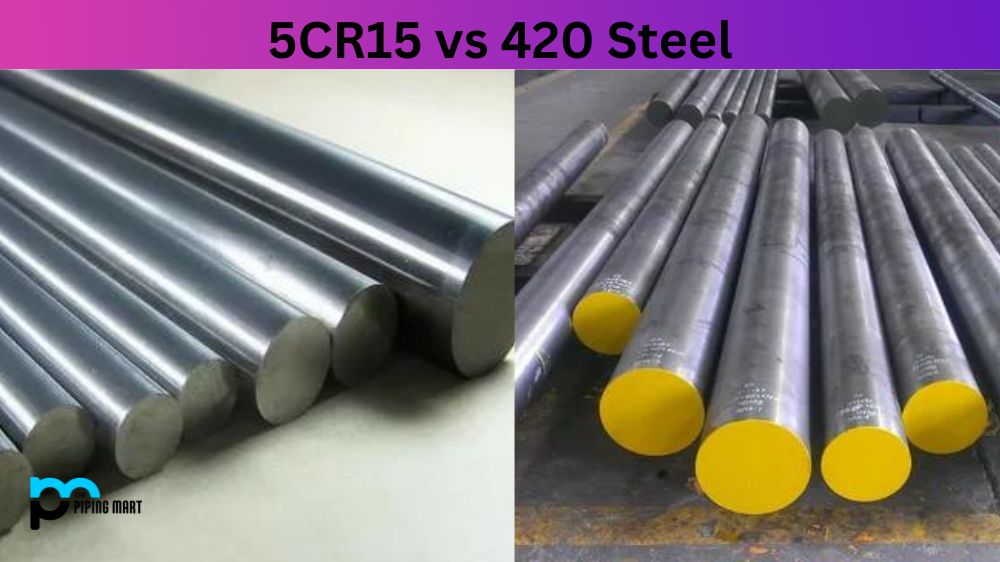When it comes to deciding which material is best for industrial use, engineers, manufacturers, and industrial buyers have many options. Two of the most popular materials are Incoloy 800 and Stainless Steel. Both have their advantages and disadvantages that must be considered before making a final decision about which material is best for the project. Let’s take a look at how these two materials compare.
Incoloy 800 vs. Stainless Steel – Strength & Durability
Incoloy 800 is an alloy made up of iron, nickel, chromium, and trace amounts of other elements such as molybdenum, aluminum, and titanium. This combination gives it excellent strength and durability in high temperatures. It also has good oxidation resistance in the air up to 1150°C (2102°F). The alloy is used in many different industries, including chemical processing, power generation, oil refining, and petrochemical applications, due to its ability to resist corrosion from sulfuric acids, nitric acids, and hydrochloric acid solutions at various concentrations.
Stainless steel is a steel alloy made up of iron and chromium with trace amounts of other elements such as nickel, manganese, or molybdenum added for additional strength or resistance to corrosion. It has excellent mechanical properties at both high temperatures and low temperatures while maintaining high levels of strength and durability. As a result, stainless steel is widely used in countless industries, including construction, automotive manufacturing, and food processing, due to its ability to resist rusting or staining when exposed to water or acidic substances.
Incoloy 800 vs. Stainless Steel – Cost & Maintenance
In general, Incoloy 800 tends to be more expensive than stainless steel due to its higher cost of production; however, this cost can be offset by the fact that it requires less maintenance compared to stainless steel since it has superior corrosion resistance properties. Additionally, Incoloy 800 does not require periodic recoating like stainless steel does in order to maintain its protective layer. This makes it ideal for projects where cost is an issue, but long-term performance needs remain high.
On the other hand, stainless steel tends to be more affordable than Incoloy 800 but may require more frequent maintenance depending on the environment it’s being used in, such as areas prone to saltwater exposure or extreme temperatures where corrosion could occur faster than normal over time if not monitored closely enough. Additionally, stainless steels tend not to perform quite as well as Incoloy 800 when exposed to harsh chemicals since they can cause degradation over time with extended exposure, whereas Incoloy 800 offers superior protection against such conditions without sacrificing performance characteristics like strength or durability.
Conclusion:
In conclusion, when comparing incoloy800 vs. stainless steel, there are several factors that need to be taken into consideration before making a final decision on which material will work best for your project needs, such as cost-effectiveness versus long-term performance expectations as well as environmental factors that could affect either material over time if not properly maintained accordingly along with any applicable regulations or standards that need adhering too depending on the industry involved. Ultimately though, both materials offer their own unique advantages, so doing research beforehand can help ensure you get the most out of your investment while still meeting all applicable requirements needed for the successful completion of any given project at hand, regardless if you choose incoloy800 or stainless steel in the end!

A passionate metal industry expert and blogger. With over 5 years of experience in the field, Palak brings a wealth of knowledge and insight to her writing. Whether discussing the latest trends in the metal industry or sharing tips, she is dedicated to helping others succeed in the metal industry.




